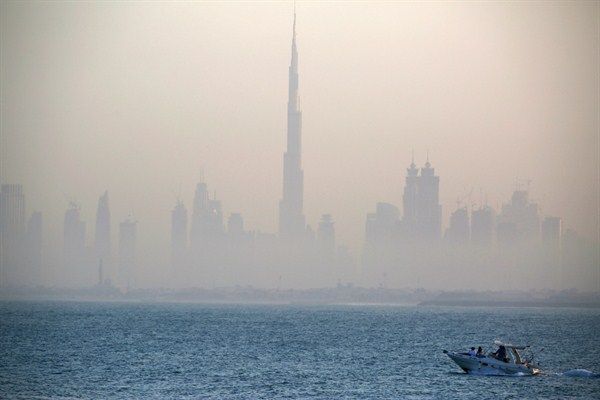After more than three years in the doldrums, the economy of the United Arab Emirates is headed for a recovery. Spurred on in part by the highest oil prices since December 2014, the UAE has also taken strides to implement important, if long overdue, structural reforms aimed at liberalizing and diversifying its economy.
One expected boost to revenue in 2018 will come from a 5-percent value-added tax that was rolled out Jan. 1. While all six countries of the Gulf Cooperation Council initially intended to adopt the VAT initiative together, only the UAE and Saudi Arabia moved forward at the start of the year.
The UAE, led by Dubai, and Saudi Arabia have significantly increased their state budgets in 2018, too. After years of austerity measures designed to curb their rising deficits, both Emirati and Saudi governments are shifting strategies and hoping to revive their economies with stimulus packages.

